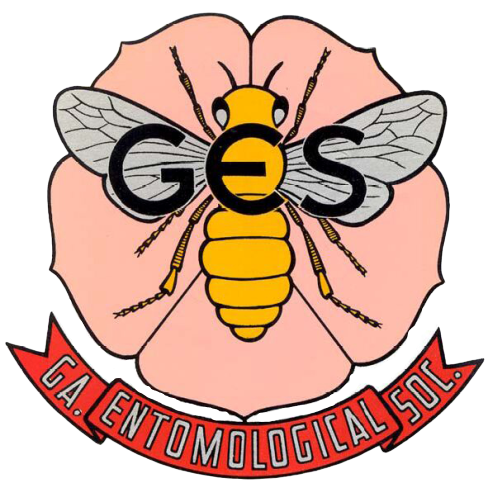Potential of Relay-Cropping Soybean (Fabales: Fabaceae) with a Pennycress (Brassicales: Brassicaceae) Cover Crop to Suppress Soybean Aphid (Hemiptera: Aphididae) Populations1
The soybean aphid, Aphis glycines Matsumura (Hemiptera: Aphididae), remains a major pest of soybean, Glycine max (L.) Merrill (Fabales: Fabaceae), production in the Upper Midwest, leading to yield losses of up to 40% and it has developed resistance to some insecticides. These challenges underscore the necessity for more integrated pest management approaches, such as cultural control methods. Relay-cropping soybean with a winter cover crop has the potential to suppress some soybean pest populations. Field pennycress or pennycress, Thlaspi arvense L. (Brassicales: Brassicaceae), is currently being domesticated as a new cover crop and oilseed crop. In this study, we evaluated the impact of relay-cropping soybean into a pennycress cover crop on soybean aphid populations across 4 site-years in Minnesota. The experimental design included combinations of two soybean varieties planted with and without pennycress. Soybean aphid populations were monitored weekly by counting aphids on 10 randomly selected soybean plants per plot. Although aphid infestations were relatively low across the site-years, the results demonstrated that soybean relay-cropped with pennycress had lower seasonal aphid abundance (i.e., cumulative aphid-days) than soybean without the cover crop. These findings indicate that relay cropping soybean into pennycress cover crops holds promise as a cultural control tactic to reduce soybean aphid populations, providing a more sustainable pest management option for growers.Abstract
Contributor Notes
